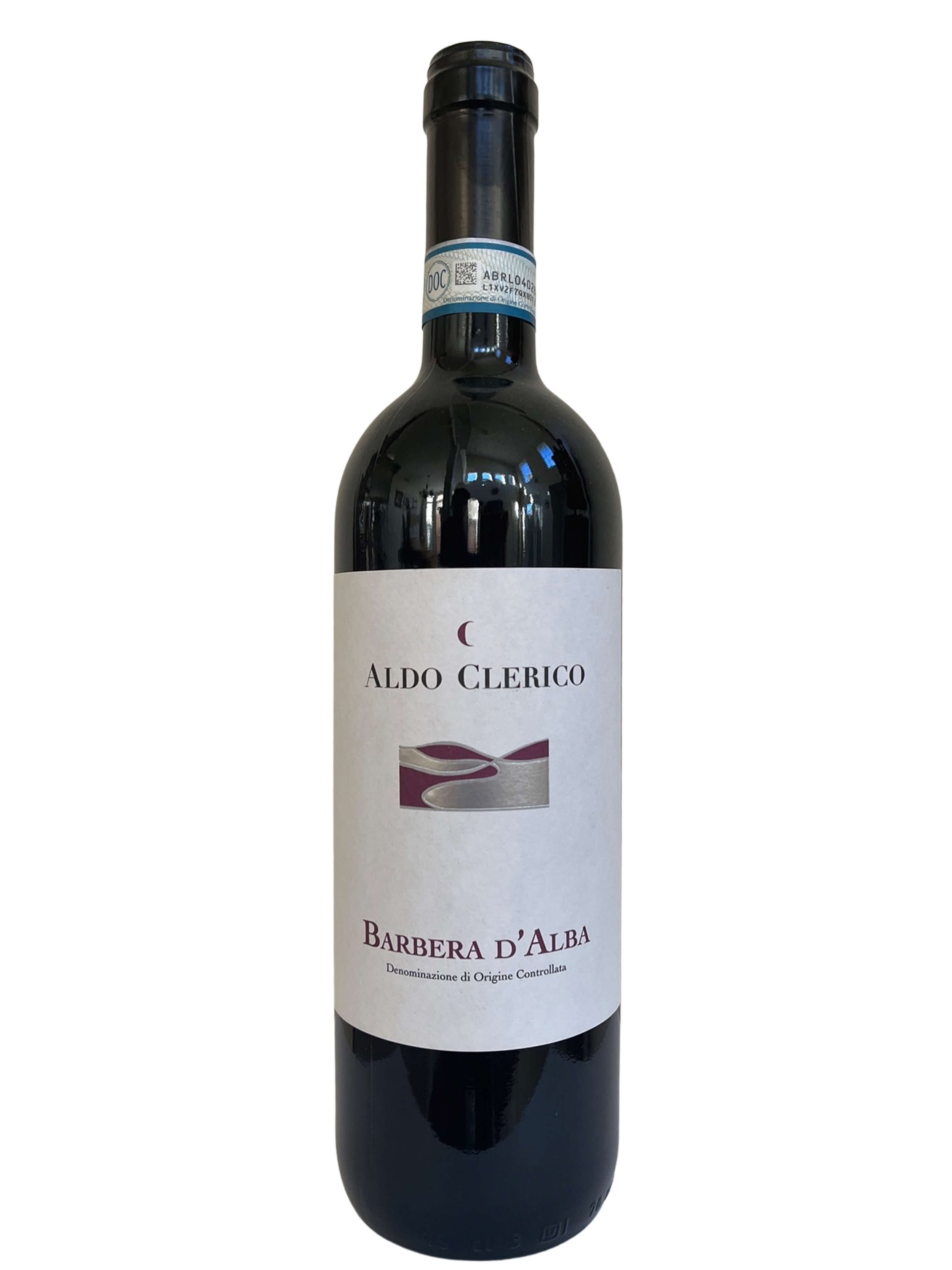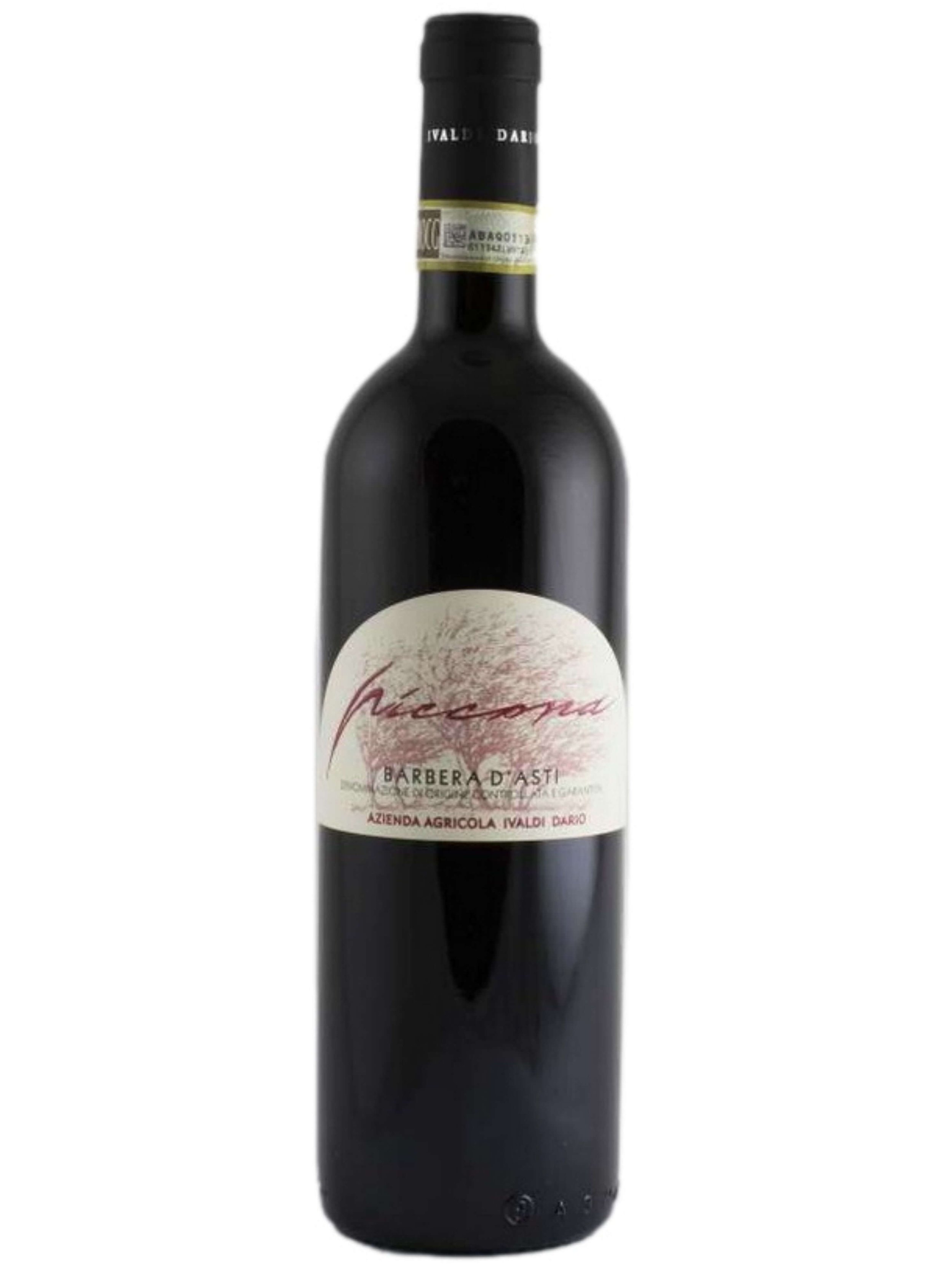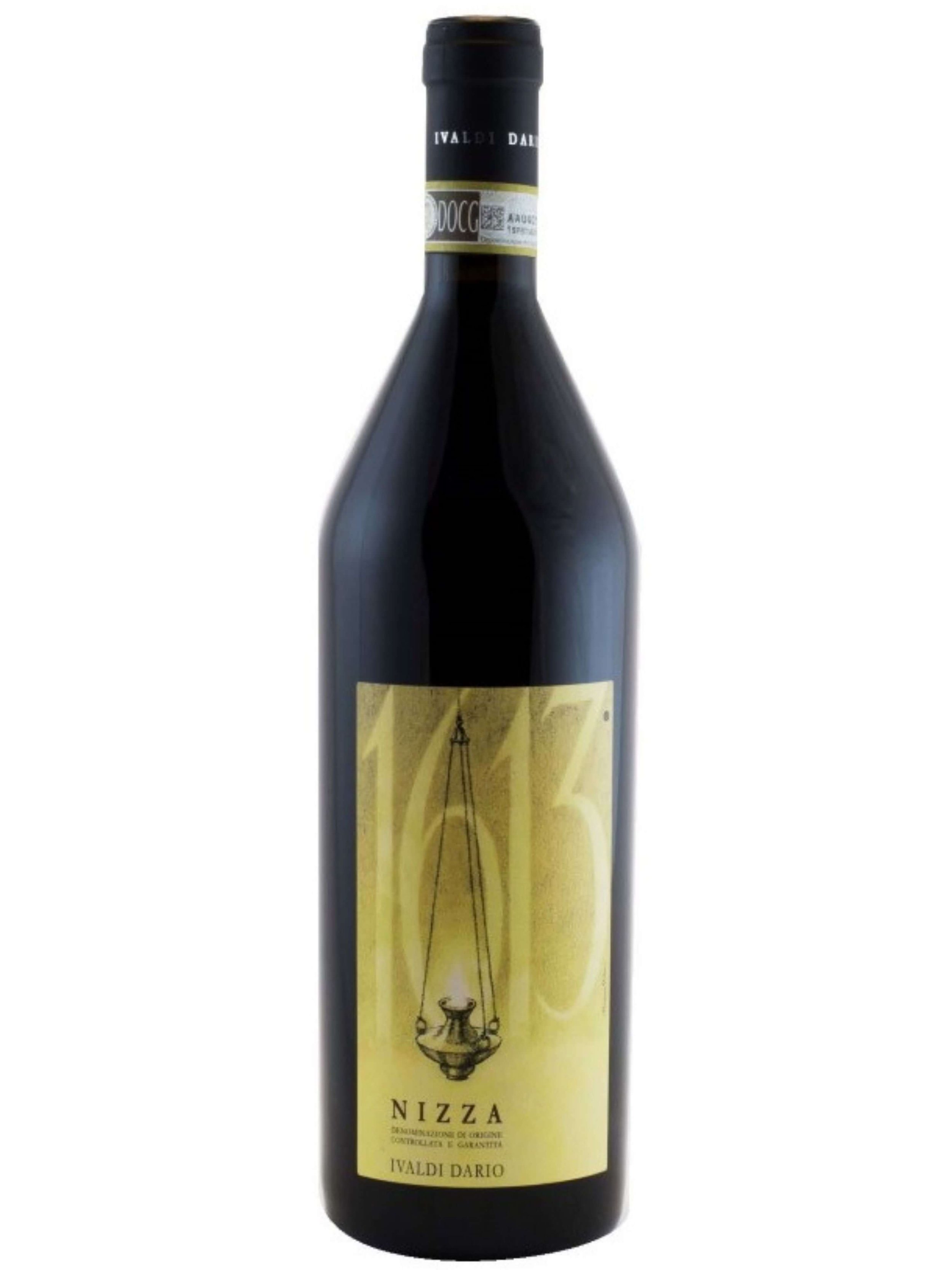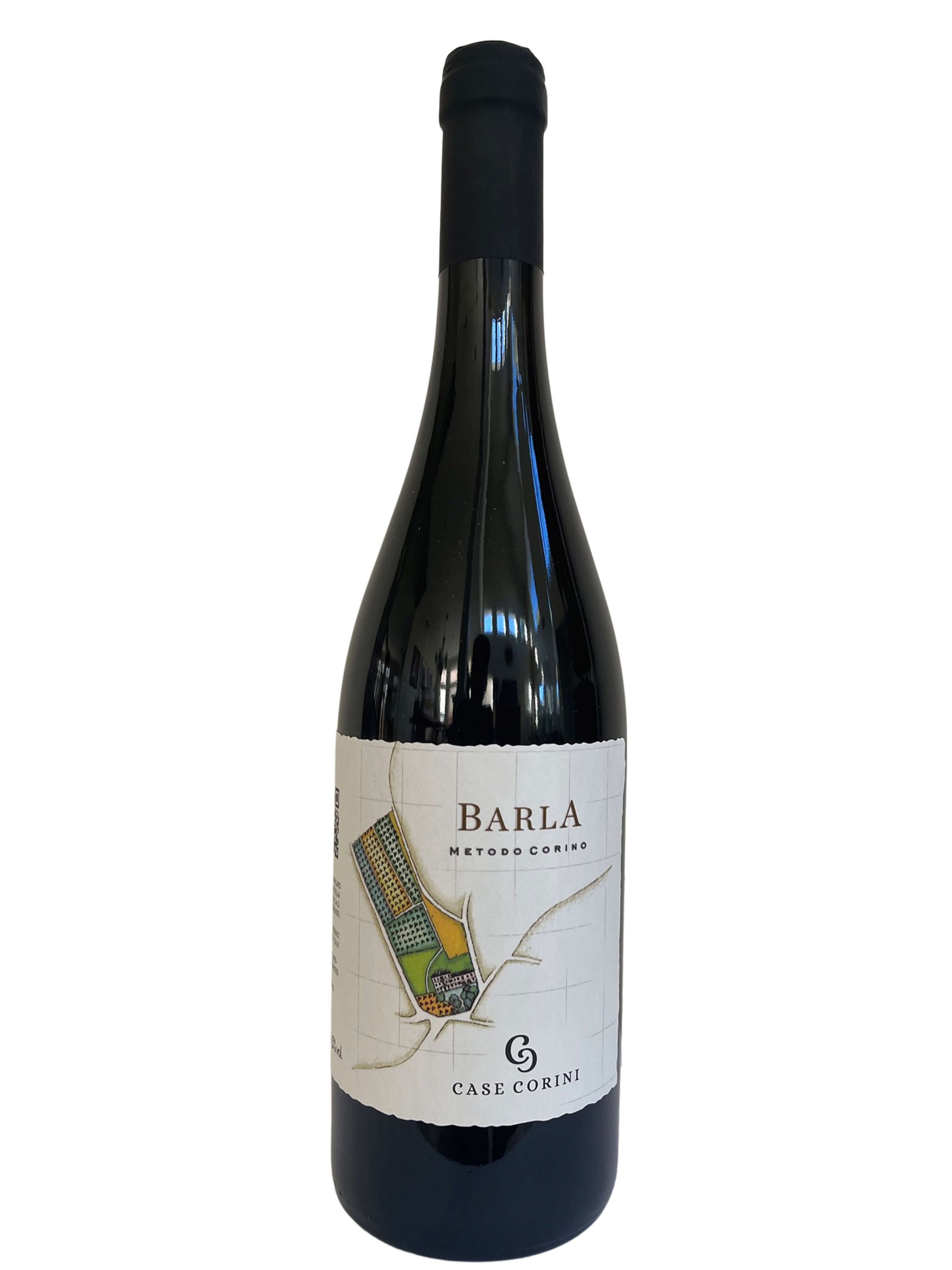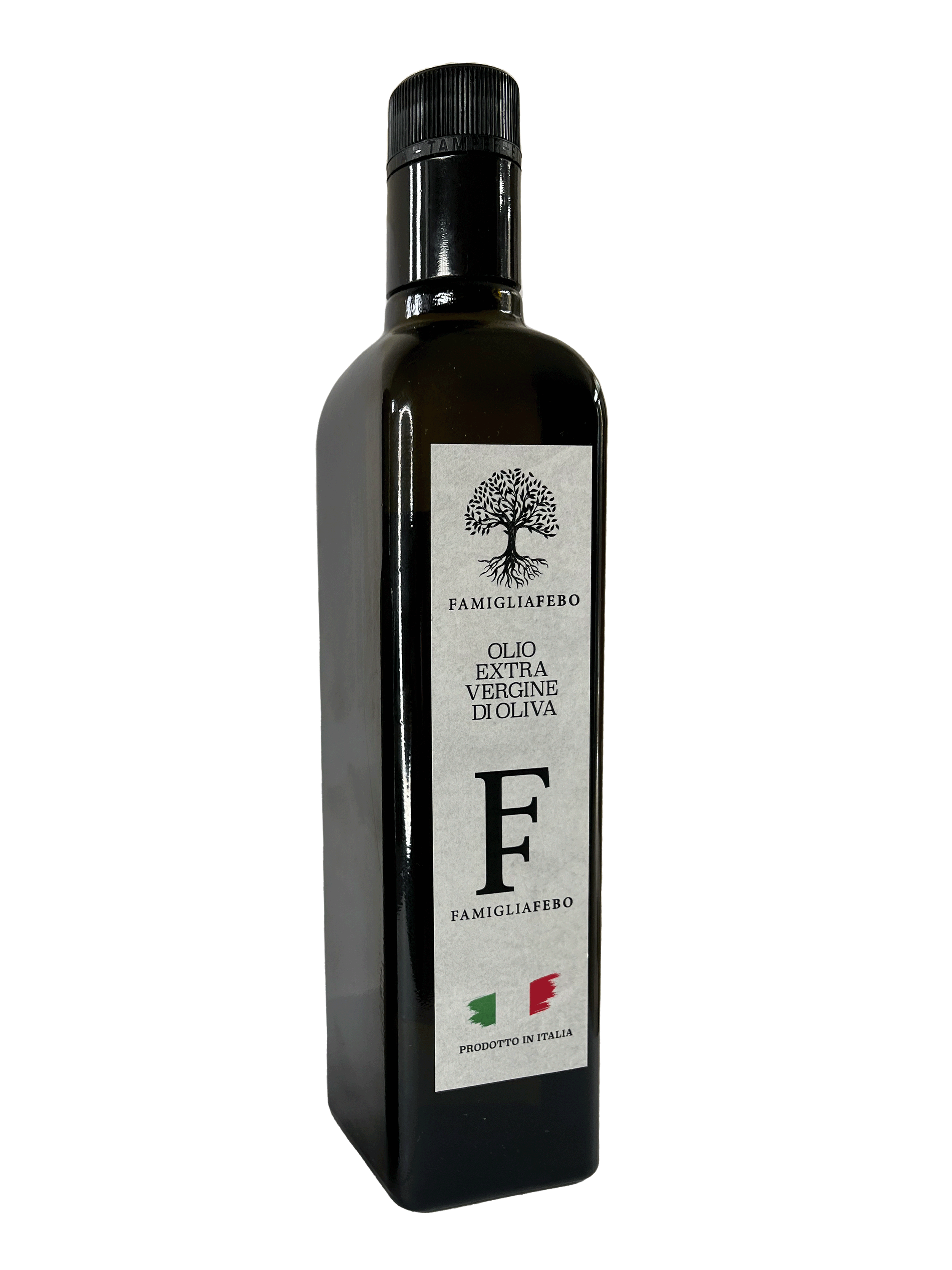Making Fresh Pasta with Wild Plants
Wild ortica, or nettles, in Beatrice Calia’s garden.
Quoting Thumper in Bambi, “Eating greens is a special treat, it makes long ears and great big feet.” We know greens are good for us, but do you know that you can take them to the next level in a more sustainable, healthy and natural way?
That is the question where forager food expert Beatrice Calia has built her career around answering. In our previous articles featuring this wild forager woman known as L’Erbana, we talked about a personal visit to Beatrice’s home and gardens, as well as we talked directly with Beatrice in an exclusive interview where we asked for her tips and tricks for foraging for the best backyard-to-table experience. Today, we share a recipe straight from Beatrice’s kitchen (enjoyed in fact in her home by Vero Founder Sheila Donohue during her visit), as well as some practical knowledge and uses about one of the quickest and easiest plants to start your foraging journey with: the Common Nettle, or Stinging Nettles.
Benefits of Nettles… In the Kitchen and Out
Nettles, also known as stinging nettles, thanks to their sharp hairs, may be known to us today as an annoying weed, however throughout mankind they are known for many benefits, from health benefits to eating them, to treating pain and curing. In fact, old farmers in Italy use nettles in the garden. Generational Piemontese farmer Ilario Colonna recommends: ‘Soak the nettle leaves for 3-4 days maximum in a bucket of water in the sun. Then, strain it all and put the liquid in a spray bottle. You can use this liquid to spray your flower or vegetable garden for a natural pesticide.’ In fact, Vero Chef Jacqueline Mitchell has personally tried this garden hack from Ilario and has proven it works! “I was able to save my balcony vegetable garden from aphids thanks to nettle water… just be careful and don’t spray it downwind. I made that mistake, and oh my gosh did it smell bad!” Even if it is a little stinky, we love the idea of an organic and all-natural way to keep pests at bay in our gardens.
Beatrice’s basket, filled with the fruits of her foraging labor, including some fresh wild nettles.
Moving from garden to kitchen, in our last article with Beatrice, she mentioned that one of her favorite plants to forage for is the common nettle, or ortica in Italian. The best time to harvest nettles is in the springtime, when the leaves are the most delicate and tender; you want to catch them before they flower. As well, remember they can be called stinging nettles in some places, so when you go forage for nettles, cover up your arms and legs well. This goes for as you prepare them too: gloves are your friend. There are so many uses for this green leaf once it is cooked (this helps remove the fine hairs that can sometimes cause stinging). Some people simply replace any cooked spinach with them. This means in omelettes, fritattas, pasta fillings, stir fries are all great options as a way to use some nettle you have found. They can be a great source of vitamins, minerals, and even protein and amino acids.
Beatrice’s homemade, fresh green nettle pasta.
Beatrice says that some of her favorite ways to enjoy them is to cook them with wild rice, or to mix them into a pasta dough to make a green pasta. We are lucky that she even shared with us a favorite recipe for nettles: Pasta all’Ortica, or nettle pasta. This pasta is simple to mix up, and can be made with so many different sauces or sugo. For example, when we talked with Beatrice, mushrooms were very plentiful, so naturally she recommended serving this green pasta with a nice mushroom pasta sauce. However, when Vero Founder met Beatrice in the summer-time, when vegetable gardens are in full and plentiful production, Beatrice made a simple tomato and basil sauce to dress the nettle homemade pasta. We have said it many times… and it is an important part of Italian cuisine so we’ll say it again… Italians cook based on seasonal availability, especially when it comes to vegetables. That makes this recipe so much fun: trying out different combos and sugo recipes to see what is your favorite way to enjoy nettle pasta! And also, note that you don’t have to limit yourself to tajarin or lasagnette as we have described how to make in our recipe below, you can use your imagination to create different shapes, fillings even for ravioli, or just leave the sheets long and wide to make a lasagna.
Lastly, Beatrice says to make sure that after you boil and cook your nettles, always keep the water to enjoy later as a tea. In fact, in our researching we notice a lot of different stores that sell pre-packaged nettle tea bags, so why not make your own with the left-over cooking water? Beatrice recommends this because of the nettles tea benefits that can include helping your stomach and liver.
If you don’t have access to a place where nettles naturally grow and want to try this recipe for yourself, there are a few options. Some health food and specialty stores can sell fresh nettle leaves. However, you may find online or in stores a nettle powder, if you want to make this homemade pasta in the wintertime, or you cannot locate fresh nettle leaves at a store or your backyard. This powder can be used in small amounts as one would use any other herb (like oregano, thyme, rosemary, etc) in cooking. If you want to try and make pasta with it, we would recommend making our traditional egg-based recipes for homemade pasta (like this one), and swapping out a tablespoon or two of semola flour for the nettle powder.
Wine Tasting Time
Nettle pasta, served with a mushroom sauce and a glass of barbera.
So… you‘ve picked your nettles, made your pasta, and dressed it up with some mushroom sugo. You’re getting ready to sit down and enjoy your foraged meal… but what to put in your glass? There are several ways you could go with food and wine pairings like this. We recommend picking out a barbera red wine.
Why? Barberas are characterized by having a certain noted acidity that pairs well with food, especially pasta. That is also why when we shared the recipe last year for the mushroom sauce used to dress today’s pasta recipe or the meat sugo recipe from earlier this year, we paired them both with barbera.
So which barbera red wine? Luckily, we here at Vero offer several different options to pick… or taste them all! Like the fresh and fruity Barbera d’Alba from Aldo Clerico, that with some wood aging helps temper the acidity to create a balanced and enjoyable food friendly wine that technically could be classified as a Barbera d Alba Superiore. Or maybe the ruby red Piccona Barbera d’Asti from fourth generation winery, Ivaldi in the Monferrato is more your style. Staying in the Monferrato, one could always go for a more refined and aged barbera choosing the 1613 Nizza. This barbera is like a riserva, aged for 3 years total between large barrels and the bottle, and all this aging brings a beautiful full body and complexity to this wine that we love in the glass.
If one prefers a natural wine, the super-natural barbera, Barla, from the late Lorenzo Corino and his family’s winery, Case Corini, is a must-try option. Deep and fruity, this barbera is powerful, fruity and rich.
So, pick your barbera (or two or three!), order wine online from our VeroShop, and get foraging some nettles, and try Beatrice’s recipe below for nettle pasta!
Pasta All’Ortica - Green Nettle Pasta
Cooking and Prep Time: 1-2 Hours
Servings: 2 portions
Ingredients:
200g (approx. 1 1/2 cups) All-Purpose Flour
1 Egg
1 cup blanched Nettle Leaves
Pinch of salt
To Serve:
Mushroom Pasta Sugo
Grated Parmesan, if desired
Extra Virgin Olive Oil (Febo, Aurinia, or Caletra)
Suggested Wine Pairings:
- Aldo Clerico | Barbera d'Alba Red Wine | Single Vineyard
- Ivaldi | Piccona Barbera d'Asti Single Vineyard Red Wine
- Ivaldi | 1613 Nizza Barbera Red Wine
- Lorenzo Corino | Case Corini | Barla Barbera | Natural Wine | Organic Vegan
Procedure:
1. Clean and wash the fresh nettle leaves. Bring some water to a rolling boil, and blanche the nettle leaves for 2-3 minutes, draining them well. Chop them finely (or use a food processor) until they are a fine paste.
2. Create a well within the flour, and in the center add the egg(s) and nettle leaf paste. Starting in the center and working your way out, begin to mix the eggs, nettle paste, and flour until it becomes a uniform dough, kneading until a solid color and soft. If your dough is too crumbly, add water a few drops at a time until workable, or if it is too wet add more flour to your kneading surface, working the extra flour into the dough as you knead. When ready, cover and let rest for more or less an hour.
3. Uncover your pasta and with a pasta machine set on the largest level, roll out several times the pasta, then move it to a medium width, and roll out several times more (or alternatively for homemade pasta with no machine, you can use a rolling pin). When your pasta is the desired thickness, let these sheets dry for about 10 minutes. Then, with flour in between the layers, lay one on top of the other, and roll them up together. Starting at one end, slice in pieces about ½ inch wide, or roughly the width of your finger. Gently shake the noodles to separate into a messy pile to allow them to dry, or you can use them right away.
4. Cook yourhomemade pasta by boiling in salted water while you heat up your mushroom sauce (or any other sugo you want to use). When cooked, this time will vary based on your chosen thickness or whether your pasta was fresh or dried, drain your pasta and place it in the skillet with your sauce, stirring until your pasta is well coated.
5. Serve your pasta and sugo, grating a little fresh parmesan on top with a drizzle of extra virgin olive oil if so desired, and dig in pairing your fresh nettle foraged pasta with a glass of barbera.
N.B. This recipe is courtesy of Beatrice Calia in Italy.





